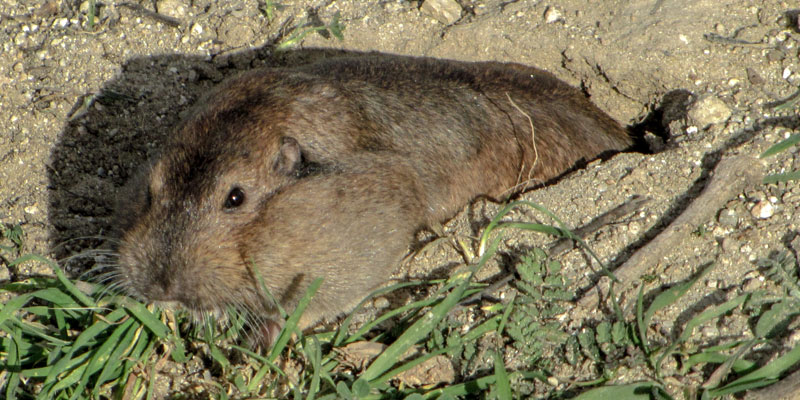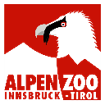The family Geomyidae has been established as being closely related to the family Heteromyidae, with both of these families being included in the superfamily Geomyidaea. Fossil record evidence has placed the separation of Geomyidae and Heteromyidae into two distinct families in the early Oligocene. The large number of recognizable taxa within this family is likely due to their small population size and tendency to specialize. Geomyidae is made up of 6 different genera and 40 species, which are commonly referred to as pocket gophers. This name comes from the distinguishing fur-lined cheek pouches of this group. These pouches are used for food transport, and they extend from the side of the mouth into the shoulders. Notable species include Geomys bursarius, the Plains Pocket Gopher.
Geoymids are found in North and Central America. They are a fossorial group, living most of their lives underground. Their bodies are highly modified for this, with short, powerful legs and claws on the forefeet. The skull is robust and angular in overall appearance, which is a trait that helps to distinguish the group from the heteromyids. These animals can move forwards and backwards with equal ease, and it is thought that their short tails can provide important sensory information that aids with backwards movement. Geomyids have small eyes and ears, and an enlarged lacrimal gland that is believed to provide fluids to wash out dirt. The lips of geomyids are also adapted to burrowing; they can be closed behind the incisors in order to allow the animals to dig with these teeth without filling their mouths with dirt. The teeth of this group are ever-growing.
Geomyids are active burrowers, creating different tunnels for different purposes. Their burrow systems include long, shallow tunnels that are used for foraging, and deeper tunnels used for nesting and food storage, as well as for latrines. These burrows are important to the surrounding ecosystem, as they are used by a variety of other species. Geomyids are generally solitary animals, and they come together solely to reproduce. They eat primarily tubers and roots, and consume an incredible amount of plants.






